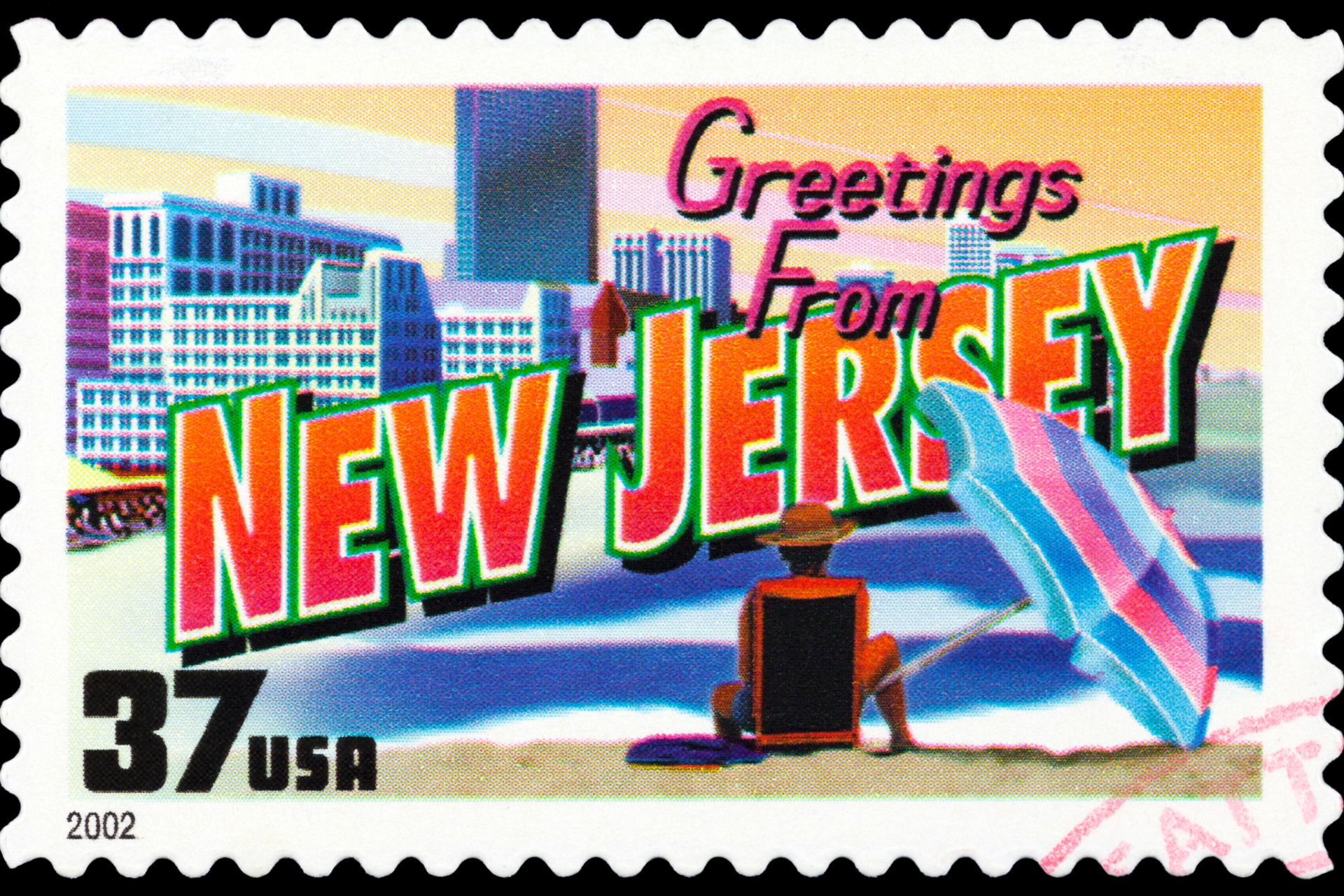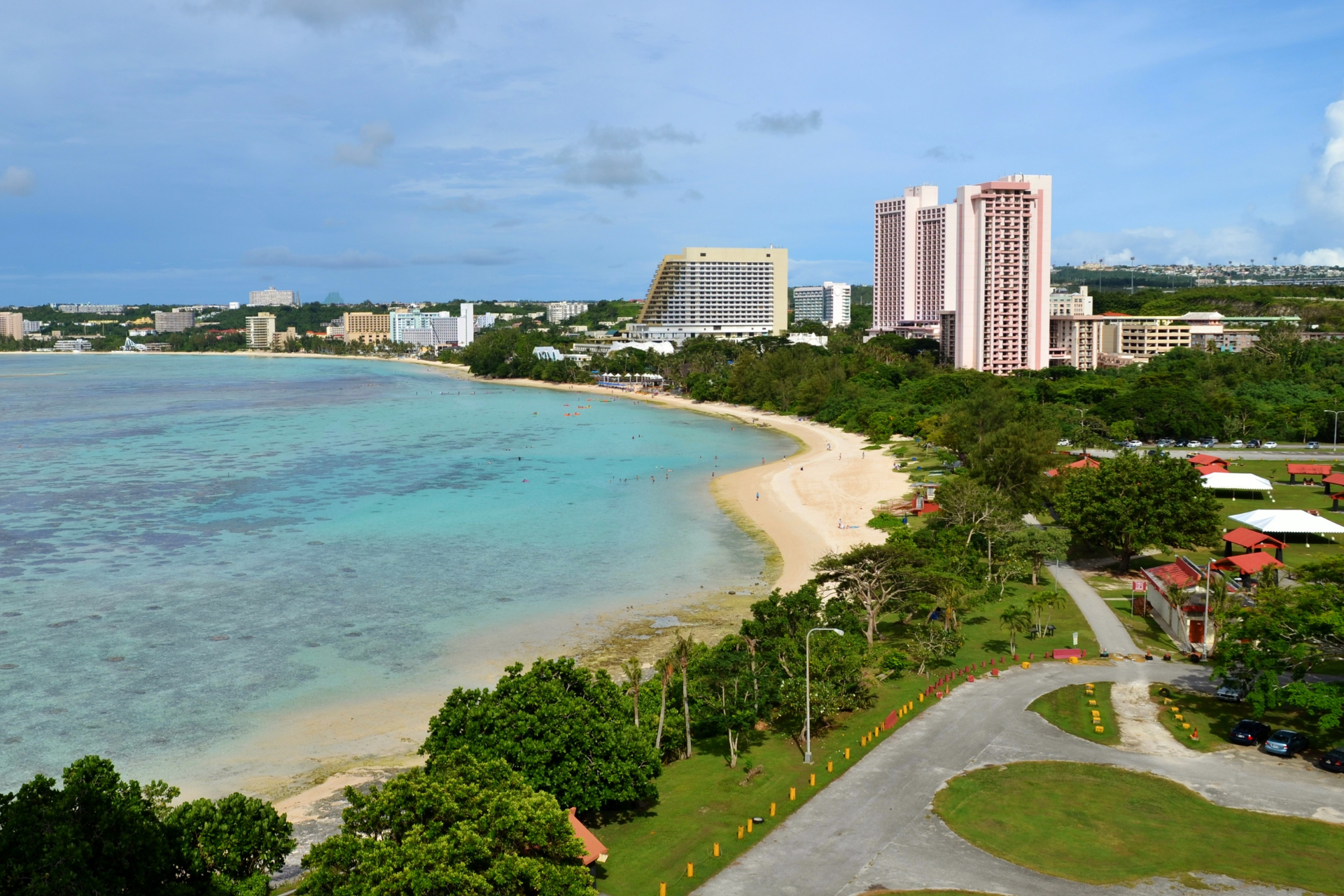The vote for statehood on November 6th was only the first step in a new direction for Puerto Rico.
President Obama explained in an interview before the plebiscite that he believed “the most important thing is to see if there is a sense of direction from the Puerto Rican people themselves.” The vote provided clarity: fifty-four percent (958,915) of all voters cast a vote to discontinue Puerto Rico’s present form of territorial status. When asked in a second question on the ballot what form of government they prefer, 61% of respondents (824,195) answered statehood.
It has been noted that 427,207 voters (24%) did not vote for an alternative form of government, leaving the second question blank. But 1,348,686 voters (76%) did answer the second question, and they chose once again to move beyond Puerto Rico’s current territorial status, either through statehood or a form of independence (indepence or free association). Analyzed through the second vote, the Puerto Rican preference to move in a new direction away from its territorial status is even stronger: 76% to 24%.
Consistent with the Territory Clause of the United States Constitution, which grants Congress “power to dispose of and make all needful Rules and Regulations respecting [U.S.] Territory,” President Obama deferred to Congress to take the first step in advancing the wishes expressed by the people of Puerto Rico. He explicitly noted that the results “will influence how Congress approaches any actions that might be taken to address status issues.”
Article 4 of the Constitution gives Congress the power to create new states in very simple language: “New states may be admitted by the Congress into this union.” If a new state is part of another, or is made by putting two states together, agreement must be sought from the states that are affected. In this case, no such complications exist.
Hawaii’s Admissions Act was a single paragraph followed by a few notes. Nevada’s 1861 Admissions Act consisted of 17 sections covering topics like schools, marshals, and salaries, but it was still fairly simple as laws go. Puerto Rico’s could be as simple as those of these previous examples, or infinitely more complicated. The road to statehood tends to be a long process, and Puerto Rico has only taken an initial step. But it is indeed a first step in a new direction.


